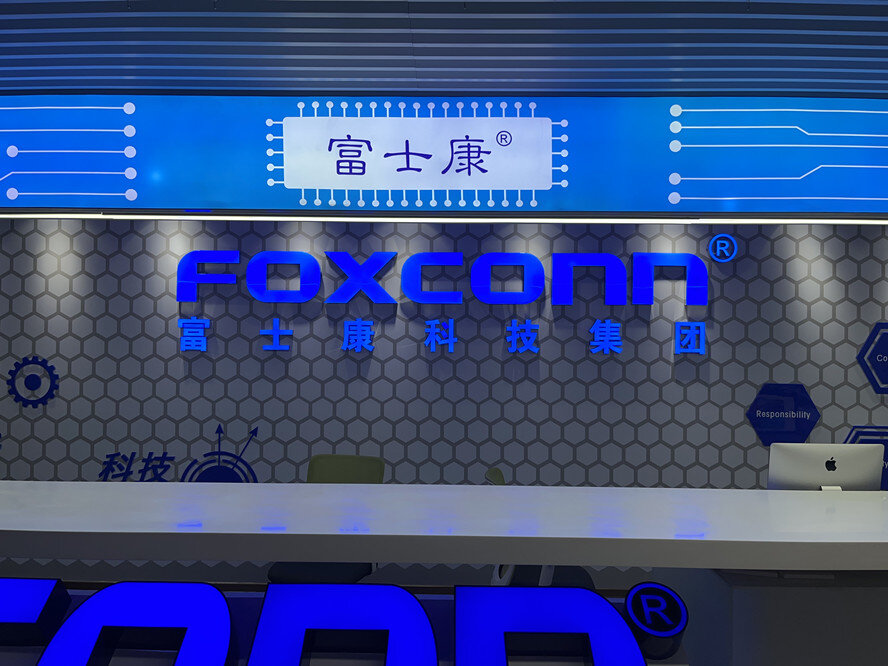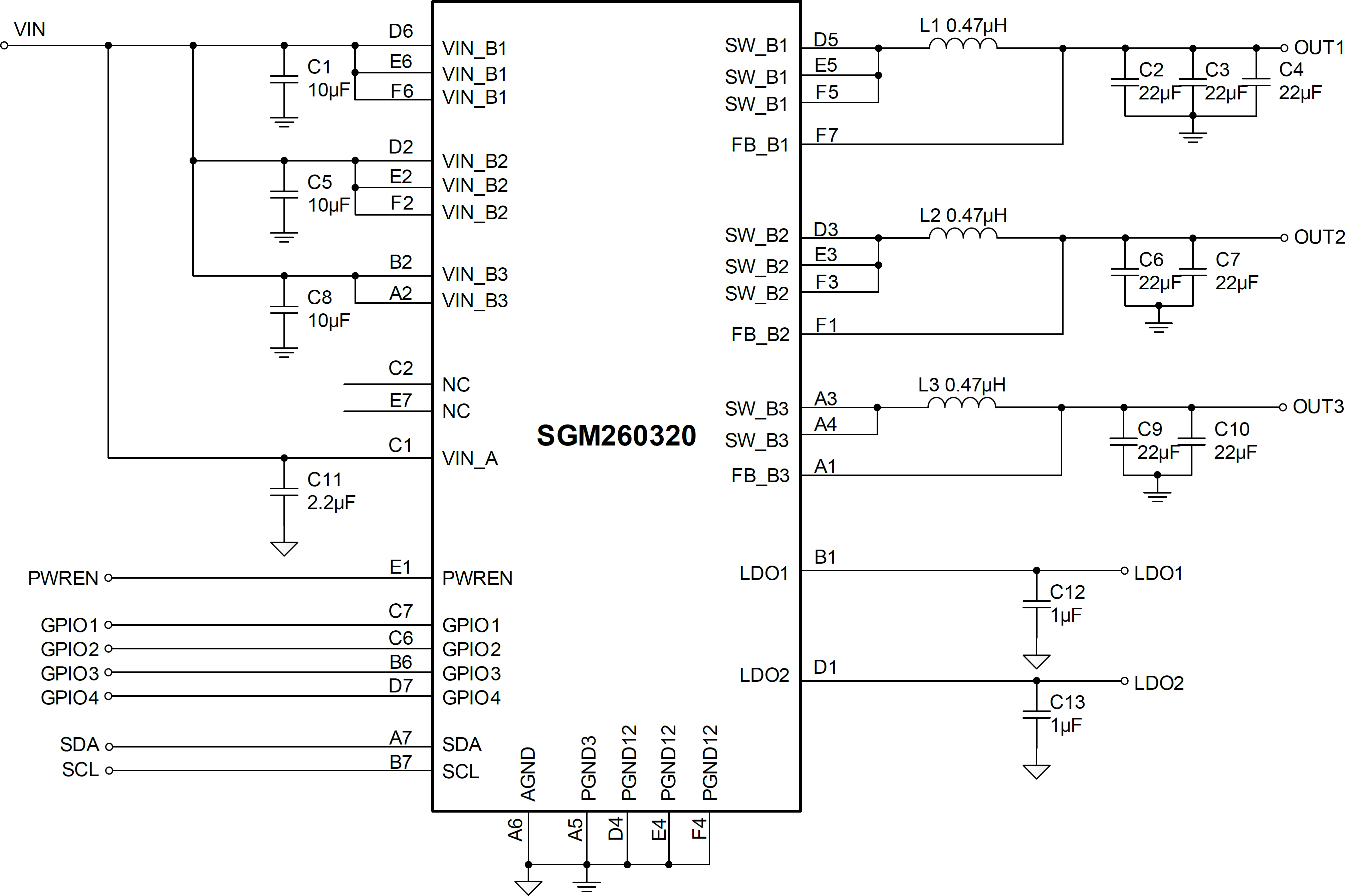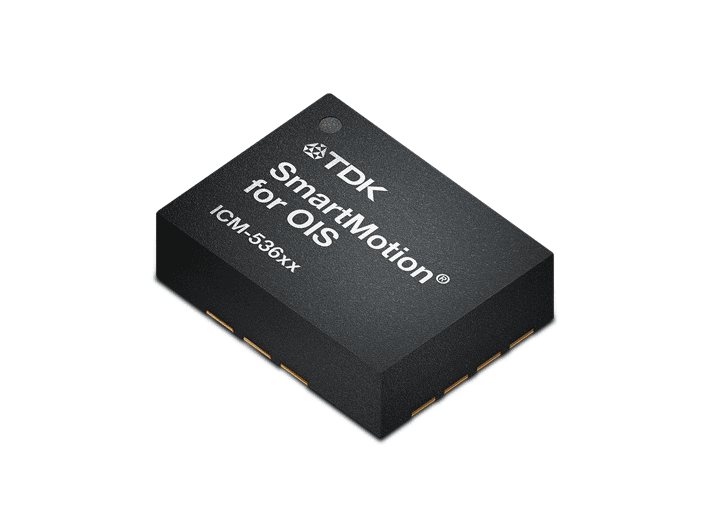发布时间:2010-10-17 阅读量:1465 来源: 发布人:
多相智能电表的中心议题:
* MCF51EM256/128系列介绍
* MCF51EM256目标应用
* 基于MCF51EM256的多相智能电表参考设计
* 基于MCF51EM256的多相智能电表主要特性
The MCF51EM256/128 series microcontrollers are a member of the ColdFire® family of reduced instruction set computing (RISC) microprocessors.
This document provides an overview of these 32-bit microcontrollers, focusing on their highly integrated and diverse feature set.
These microcontrollers are systems-on-chips (SoCs) that are based on the V1 ColdFire core and the following features:
• Operating at processor core speeds up to 50.33 MHz (peripherals operate at half of
this speed) at 3.6 V to 2.5 V and 20 MHz at 2.5 V to 1.8 V
• Up to 256 KB of flash memory
• Up to 16 KB of RAM
• Less than 1.3 μA of typical power consumption in battery mode, with MCU supply off
• Ultra-low power independent RTC with calendar features, separate time base, power domain, and 32 bytes of RAM
• A collection of communications peripherals, including UART, IIC and SPI
• Integrated 16-bit SAR analog-to-digital converter
• Programmable delay block (PDB)
• Two analog comparators with selectable interrupt (PRACMP)
• LCD driver
• Three serial communications interface modules (SCI)
• Three serial peripheral interfaces
• Inter-integrated circuit (IIC)
• Two 8-bit and one 16-bit modulo timers (MTIM)
• Two-channel timer/PWM module (TPM)
MCF51EM256目标应用:
Smart Metering
Sensor collect
Phase Measurement Units
Industrial energy measurement
1- phase & 3- phase electricity meters

图1.MCF51EM256系列方框图
基于MCF51EM256的多相智能电表参考设计
The polyphase reference design is a cost-optimized implementation of a 1-phase or 3-phase 110V and 230V smart electricity meter. The reference design contains all of the necessary hardware and software to make the development of production smart meters quick and easy, including pre-compliance test data is to help with the certification process. It is based on the MCF51EM256 ColdFire® MCU and is designed to meet US ANSI C12, Euro/Asia IEC62053 standards up to and beyond class 0.5
多相智能电表参考设计主要特性:
Complete solution for 1-phase, 3-phase, 110V and 230V electricity meters for all global regions
Able to achieve class 0.5 or better for active energy
Enables rapid development and deployment of a production meter
Full documentation including pre-compliance test data is available, to simplify and speed certification process
Software source code is supplied as a CodeWarrior project for easy re-use:
Direct use in a metering application
Customization and extension
Use of individual modules in other projects
Full working reference design is available for loan and evaluation
Designed and tested against:
IEC 62053-22 International Energy Metering Specification, class 0.5 (or better) for active energy
IEC 62053-23 International Energy Metering Specification, class 2 for reactive energy
IEC 62056-21 International Energy Metering data exchange Specification
IEC 62053-22, IEC 62053-23, IEC 62052-11 Electro Static Discharge (ESD), tested per IEC 61000-4

图2.多相智能电表参考设计方框图
基于MCF51EM256的多相智能电表(220V)指标:
MCF51EM256-based Poly Phase Energy Meter Reference Design 220V Technical Specifications

Environmental
Compliance IEC 60529
Ingress protection IP 51 (Indoor type meter)
Operating Temperature -25℃ to +55℃
Storage Temperature -25℃ to +70℃
Humidity 95%
基于MCF51EM256的多相智能电表主要特性:


图3.基于MCF51EM256的多相智能电表外形图

图4.多相智能电表参考设计电路图(1)

图5.多相智能电表参考设计电路图(2)

图6.多相智能电表参考设计电路图(3)

图7.多相智能电表参考设计电路图(4)

图8.多相智能电表参考设计电路图(5)

图9.多相智能电表参考设计电路图(6)
.gif)
图10.多相智能电表参考设计电路图(7)

图11.多相智能电表参考设计电路图(8)

图12.多相智能电表参考设计电路图(9)

佰维存储2025年上半年实现营业收入3,912,336,913.69元,同比增长13.7%。但受行业周期等因素影响,公司报告期内归属于上市公司股东的净亏损为225,795,502.52元,同比由盈转亏;扣除非经常性损益后的净亏损为231,666,270.28元,同样出现同比下滑。业绩压力主要源于行业价格波动及公司战略性投入增加。

2025年上半年,工业富联(股票代码:601138.SH)实现营业收入3607.6亿元,同比大幅增长35.58%;归属于上市公司股东的净利润达121.13亿元,同比增长38.61%;扣非净利润116.68亿元,同比增长36.73%,核心财务指标均创历史新高。报告期内,公司总资产规模增至3831.28亿元,同比增长20.66%,展现出强劲的资产扩张能力。

在追求电子设备小型化、高性能和超低功耗的时代,复杂的多轨电源设计已成为研发的关键挑战。传统分立式电源方案不仅占用宝贵的PCB面积,也增加了设计难度与系统功耗控制的复杂性。固态硬盘(SSD)、现场可编程门阵列(FPGA)、微控制器单元(MCU)系统及便携设备对电源管理集成电路(PMIC)的要求日益严苛:高效转换、低待机功耗、高集成度、精确调压以及智能化管理缺一不可。圣邦微电子(SG Micro)推出的SGM260320 PMIC,正是瞄准这一市场需求,以高度集成、卓越性能和丰富的可配置功能,提供了一站式的高效供电解决方案。

随着智能手机影像功能逐渐成为用户核心需求,光学防抖(OIS)技术正面临前所未有的性能挑战。TDK株式会社凭借旗下InvenSense公司15年OIS/EIS技术积累,最新推出的SmartMotion® ICM-536xx系列六轴IMU,正在打破高端防抖技术的成本壁垒。该方案通过突破性的6.4kHz输出数据速率和20位分辨率,首次将专业级防抖性能引入主流移动设备市场。

2024年,全球工业机器人市场经历了一次明显的周期性调整。国际机器人联合会(IFR)的初步统计数据显示,全年新装机量约为52.3万台,较上年下滑约3%。这是近年来该市场罕见出现的负增长,反映出多重经济与技术周期叠加下的复杂局面。